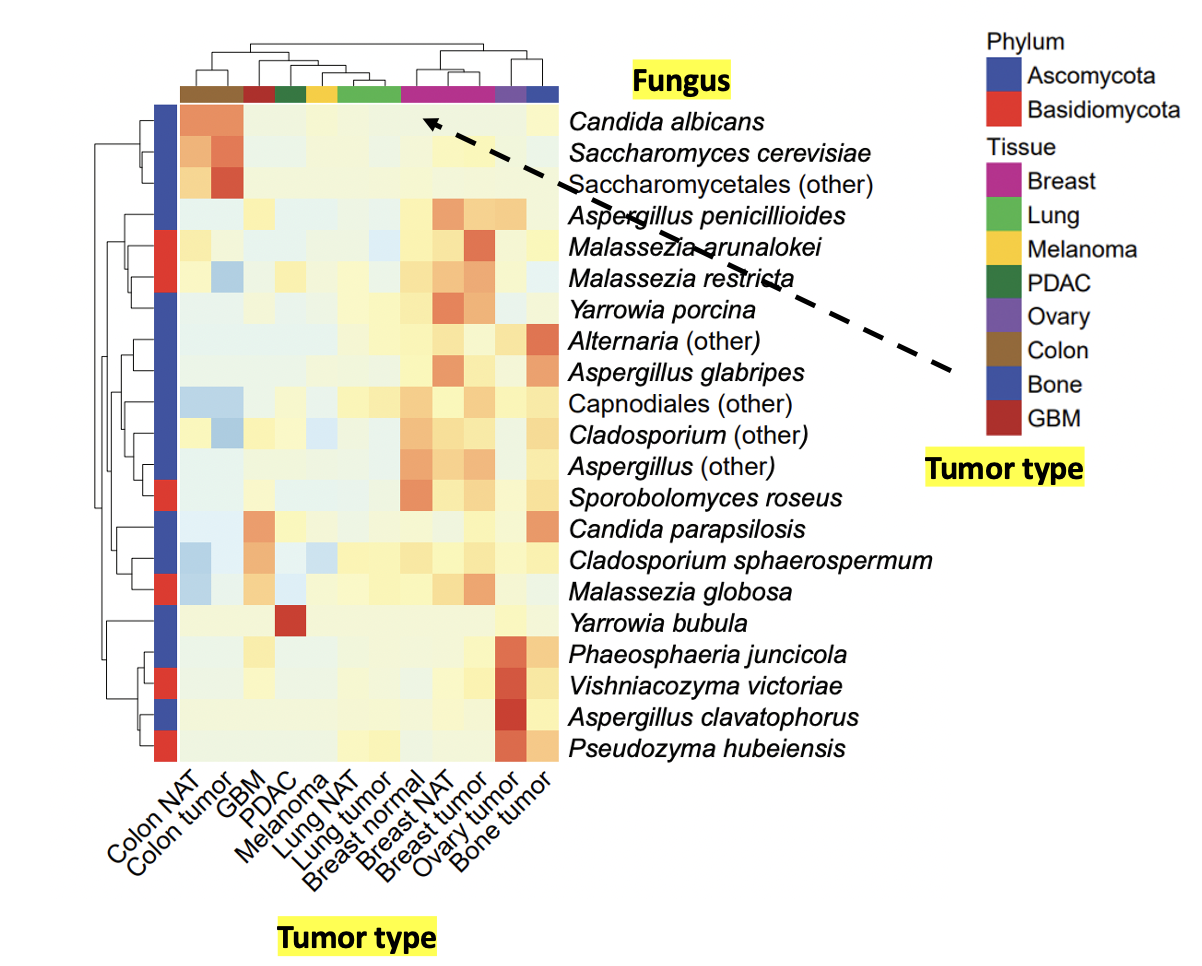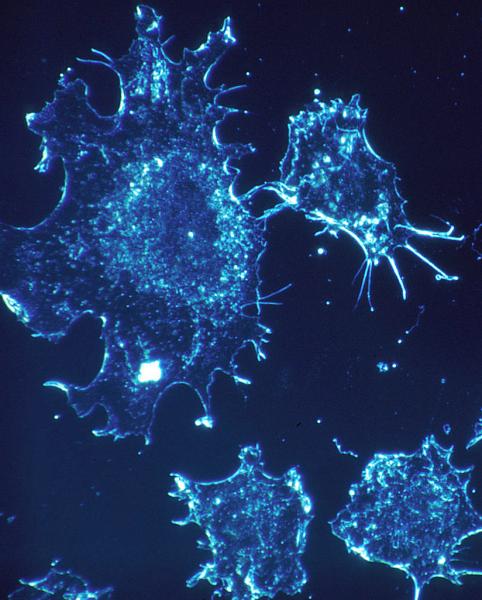Who would have guessed that cancers produce fungi? Or that different types of cancers would harbor different types of fungus? Or that the DNA of these fungi could be detected in the blood and possibly used to identify specific cancers, and maybe even their locations before a mass could be detected?
Yet, that is precisely what scientists at the Weizmann Institute of Science in Israel are researching, and the results could be far-reaching. If you've never heard of the cancer-fungus connection, you're far from alone. Even the researchers were surprised at the extent of it:
“We were surprised to find that it’s actually more common to find tumors with fungi than without.”
— Dr. Ilana Livyatan, Weizmann Institute of Science
The idea is not entirely unprecedented. Dr. Livyatan, a member of Dr. Ravid Straussman's group in the department of molecular biology at the Weizmann Institute, was one of the authors of a 2020 paper that examined the association of certain bacteria with different human cancers.
The group's latest paper, "Pan-cancer analyses reveal cancer-type-specific fungal ecologies and bacteriome interactions," having no fewer than 26 authors, was published in the latest issue of the journal Cell. It's 36-pages long and pretty tough going, so I'll try to keep this as descriptive as possible.
Working with a number of US colleagues, mostly from the University of California, San Diego as well as scientists from Tel Aviv University, the Weitzman scientists studied the relationship between the fungi population and tumors, which were samples of 17,400 cancer patients, all of whom were part of four cohorts. The presence of specific fungal DNA in the blood samples of each patient was correlated with one of the 35 cancer types studied, creating an "atlas" that mapped the fungus with the tumor type (Figure 1).

Figure 1. A simplified "map" of the pattern of tumors (1) and the type of fungus associated with them. The tumor type is indicated on the top (color-coded) and the bottom (description of tumor). Types of fungi are indicated on the right. Source: Cell 185, 3789–3806, September 29, 2022, DOI:https://doi.org/10.1016/j.cell.2022.09.005
Maybe more than just detection?
It has long been known that fungal infection can occur in immunocompromised cancer patients, but the association between tumors and their fungal microbiome has been little studied. Is it possible that the fungus plays a part in the development or growth of tumors and this is why different fungal patterns are associated with different cancers? In other words, could an anti-fungal therapy potentially be useful in preventing tumor growth? This is only speculation at this time, but Dr. Livyatan looks ahead:
"[B]eyond diagnostics, this could really shake things up in tumor research. This is one of these eye-opening moments that makes us revisit our assumptions about cancer, as fungi now represent a whole new consideration in analyzing tumors.”
— Dr. Ilana Livyatan in an interview with The Times of Israel
This may sound far-fetched, but the idea that bacterial infection could cause gastric ulcers and stomach cancer was ridiculed when first proposed. The ridicule stopped cold by 2005 when Barry Marshall and Robin Warren won the Nobel Prize in Physiology or Medicine. Sometimes odd-sounding ideas go nowhere and sometimes they can lead to ground-breaking discoveries. This is the nature of science.
NOTE:
(1) Only certain data are used in Figure 1. The selection criteria are described in the full paper. I suggest you avoid it.




